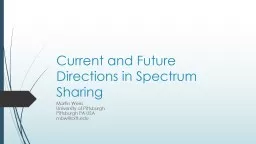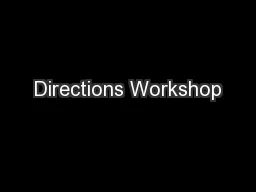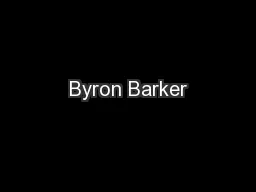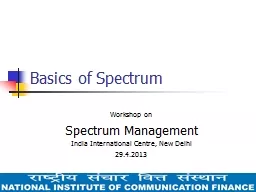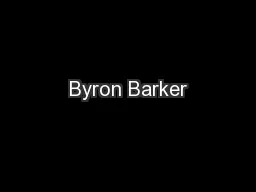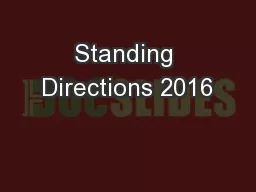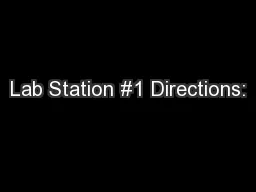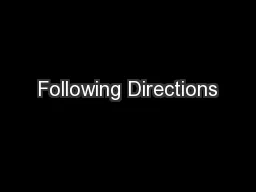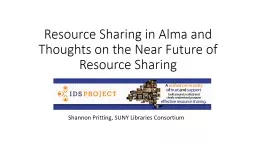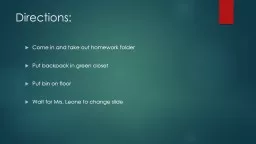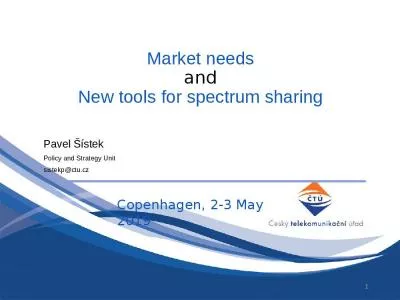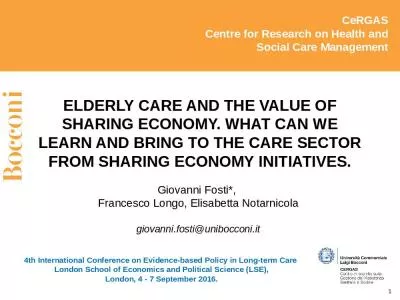PPT-Current and Future Directions in Spectrum Sharing
Author : lindy-dunigan | Published Date : 2017-06-18
Martin Weiss University of Pittsburgh Pittsburgh PA USA mbwpittedu Overview Current actions in the US Underlying factors Conclusions amp research frontier 2 Overview
Presentation Embed Code
Download Presentation
Download Presentation The PPT/PDF document "Current and Future Directions in Spectru..." is the property of its rightful owner. Permission is granted to download and print the materials on this website for personal, non-commercial use only, and to display it on your personal computer provided you do not modify the materials and that you retain all copyright notices contained in the materials. By downloading content from our website, you accept the terms of this agreement.
Current and Future Directions in Spectrum Sharing: Transcript
Download Rules Of Document
"Current and Future Directions in Spectrum Sharing"The content belongs to its owner. You may download and print it for personal use, without modification, and keep all copyright notices. By downloading, you agree to these terms.
Related Documents

